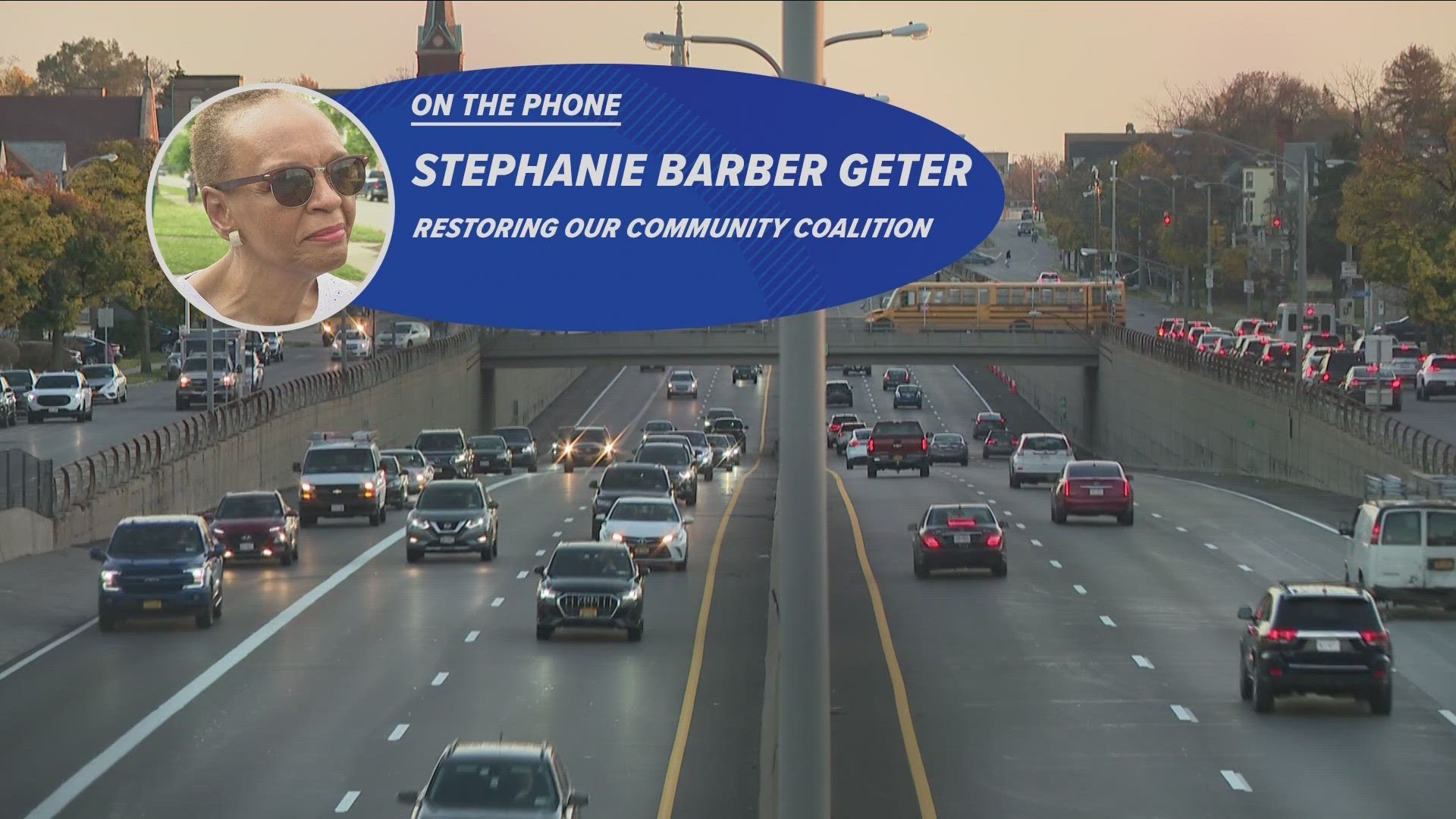BUFFALO, N.Y. — The Olmsted Conservancy publicly opposes the NYSDOT's $1B plan to cap and tunnel the Kensington Expressway.
In a letter obtained by 2 On Your Side, and confirmed by the Olmsted Conservancy, the organization calls the project "short-sighted" and "ill-informed."
"Viewing this project as a highway project only is short-sighted and does not provide the comprehensive review necessary to determine how to BEST provide holistic transportation, community restoration, and social justice remedies throughout Western New York," said the Olmsted Conservancy in the comments.
The NYSDOT, along with the Federal Highway Administration, narrowed the ten design alternatives last year. Over the summer the DOT announced the current and final plans - a 4,100-foot tunnel, or do nothing.
"A billion dollars for this ill-informed project could minimally be better spent on actually restoring the full historic Humboldt Parkway and improving the radial roads to accommodate perceived and actual traffic," the Conservancy said.
While the NYSDOT has established an outreach office, held stakeholder meetings, and says they want to be transparent with the community about the project, the Olmsted Conservancy says that the department wasn't forthcoming with information during public hearings.
"Having State officials sit on the stage refusing to answer or respond to any questions was one of the most hostile approaches to a public hearing that we have ever observed," the Conservancy said.
The Conservancy also disagrees with the assessment that there will be no adverse effects on historical buildings in the neighborhoods around the project zone. They noted that several buildings were not reviewed in the Cultural Resource Screening by the DOT, including St. Frances de Sales Church.
The Olmsted Conservancy, like other neighborhood groups 2 On Your Side has spoken to, questions the established goal of the Kensington project.
"We are seriously concerned about the Project Objectives especially “to maintain the vehicular capacity of the existing transportation corridor (approximately 76,000 vehicles).”
The Conservancy continues saying "this basic question about the evaluation of public transit in WNY is one of the basic underlying questions about this entire process. The refusal to look outside the Kensington Expressway and consider a more comprehensive evaluation of public transit in WNY is disingenuous and imprudent."
By limiting the established mission of the project, the Conservancy says, negates the ability to consider Build Alternative 10 (the fill-in option)
In an interview with WGRZ, before these comments were obtained, DOT spokesperson Susan Surdej said a traffic analysis conducted by the Greater Buffalo Niagara Regional Transportation Council (GBNRTC) indicated the fill-in option couldn't be sustained.
"There's a whole host of issues that we found, and being able to add capacity to roads that the city of Buffalo, who just did complete street projects and road diets on, it's contradictory to their models," Surdej said.
The DOT says that arterial roads like Walden, Genesee, Broadway, the 190, and 90 couldn't handle increased traffic volume. But when pressed, the DOT admitted that a specific traffic study was never conducted to evaluate the impact of increased traffic on other roadways, only the assessment by the GBNRTC.
"We also have a responsibility to provide, for we know 75,000 cars a day are using that facility," Surdej said. "So we're trying to find some common ground here."
In light of recent public opinion about the Kensington project, the NYSDOT has extended the comment period.
The public now has until Friday, November 10, to submit their comments for the record.
2 On Your Side asked the DOT if the majority of public opinion goes against the preferred tunnel plan, would other alternatives be reconsidered?
"I mean, they were all eliminated for one reason or another," Surdej said. "So the particular scope and objectives of this project at this time are only being met by the alternative that we're putting forward."
When pressed to clarify, Surdej said it's "certainly a possibility" that after all the input is received and if the public doesn't want a tunnel, then nothing will be done.
"If this project, whatever form it takes, is not pulled ahead and constructed, that $1 billion in transportation funding will be spent, but not in Western New York, likely it will be spent in other parts of New York State because it's dedicated transportation funding," Surdej said.

